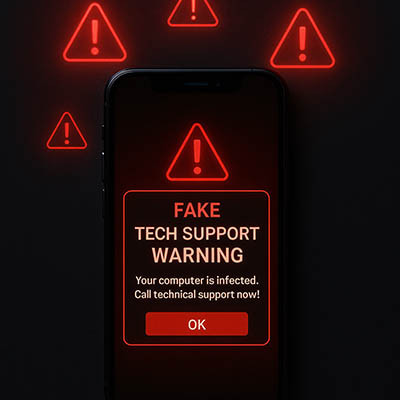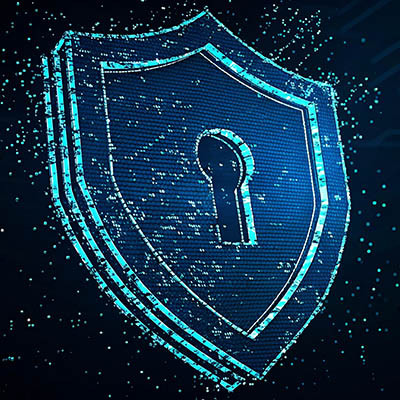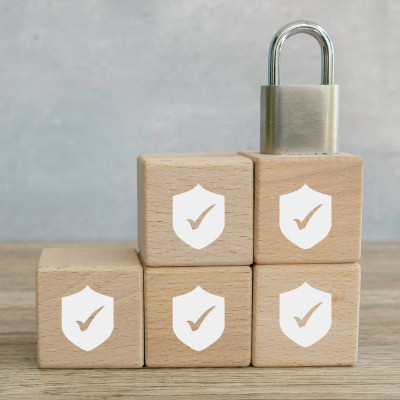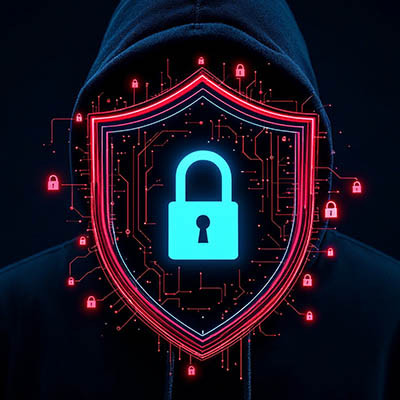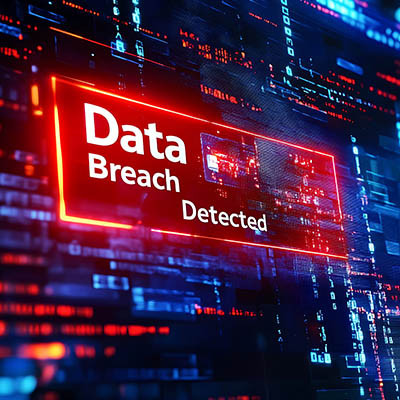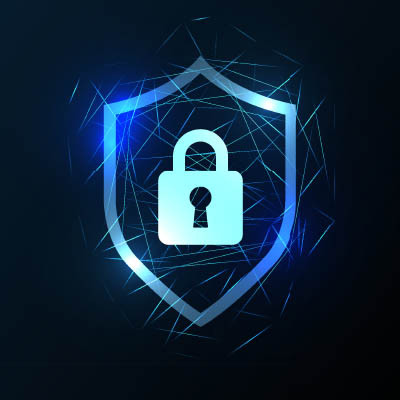Cambium Data Blog
As a cybersecurity professional, I've seen organizations of all sizes and sectors make a critical, often fatal, mistake: they wait for the water to boil. They operate under a reactive cybersecurity model, adopting the same slow, passive approach as the hapless subject of the boiled frog analogy.
It’s a tale I recently rediscovered, and it's a chillingly perfect metaphor for modern cyberrisk. Imagine a frog enjoying a cool bath as the water is slowly, almost imperceptibly, heated. It thinks it’s enjoying a relaxing bath until the water reaches a lethal temperature. By then, it’s too late. The danger has crept up, and the frog is boiled.
There are a lot of threats out there, ranging from simple and annoying viruses to business-ending ransomware. Do you know how these threats end up on your network in the first place, and more importantly, how do you protect your network from these threats? Today, we’re exploring the various avenues a cybersecurity threat might take to install itself on your device, as well as what you can do about it.
IT support is one of those necessary parts of running a business, whether it’s to handle the small issues or the larger problems. The worst of us, however, take advantage of people’s need for IT support and leverage it in targeted attacks to exploit others. We’re talking, of course, about cybercriminals, and if you’re not careful, you might find yourself the target of a fake IT support attack.
If you are like me, you’re constantly juggling a dozen different things. You spend your days building client relationships, refining your product, and handling situations you never could have dreamed up. The last thing you need is to lose sleep worrying about whether or not your data is safe.
The truth is, cyberattacks are a very real risk for everyone. Ransomware, phishing scams, and other cyberattacks can cripple your business’ ability to thrive. Here are some smart, proactive steps you can take to build a strong security posture that will go a long way toward protecting your digital assets.
How well is your business secured? At the very least, you’re bound to have a lock on your business’ doors, with additional locks protecting different rooms, desk drawers, and other resources, right? Of course… otherwise, you’re leaving your business vulnerable to all kinds of crime.
You need to have the same prepared for the digital side of your business as well, in the form of written policies. Let’s go over five of the security policies you absolutely need.
How much does your business prioritize security on the organizational level? The more your business relies on technology, the more susceptible it is to the countless threats that exist in the technological space, and you have to remain cognizant of that as you strive to move your business forward. Today, we’re looking at how each and every individual on your staff contributes to the security of your organization and, consequently, its data.
You won’t get far on our website without finding an article or two talking a big game about the cloud and what it can do for your business. One thing is for certain: you can’t underestimate the value of securing your cloud solutions. It doesn’t matter what you use it for; cloud security is an integral part of ensuring your operations continue unimpeded and uninterrupted.
The Internet is amazing. It lets us connect, innovate, and learn in ways we never could before. Just like anything that is really powerful, however, it has a dark side, especially for those who explore its hidden corners. If you're into coding or curious about how computer systems work, it's more important than ever to understand the laws around hacking. The consequences for getting caught are serious and are only becoming more so.
Don’t underestimate the danger of a cyberattack. Even small ones that are seemingly insignificant compared to major threats, like ransomware, have the potential to cause serious disruption to your operations. Regardless of the severity of the threat, you want to have an incident response plan that is tested, documented, and ready to deploy at a moment’s notice. Let’s go over what happens in the hour following a cyberattack and why acting quickly is so important.
Security is one part of your business that you absolutely cannot ignore. It’s not a matter of if you will experience a cyberattack, but when, and you want to do all you can to be ready for it when it comes. We recommend you prepare by working with professionals to take the fight to cyberthreats. Here are three ways we’ll help your business stay safe from the many cyberthreats out there.
It can be challenging to find reliable IT advice nowadays, particularly when it comes to cybersecurity. Between coworkers with the best intentions and the online influencers selling their guides and platforms, there’s a lot of advice out there. Unfortunately, a lot of it is outdated or incorrect.
This can be actively dangerous where your business’ security is concerned.
Let’s address some of the most common security myths we still encounter far too often.
From the chatbots you interact with to the tools helping you draft emails or analyze data, AI is everywhere. It’s an amazing tool that can help you boost efficiency and completely realign everything you do. Here’s something crucial you might not have on your radar: prompt hacking.
This isn't some far-fetched tech nightmare; it's a real and present danger. Prompt hacking can quietly undermine your company's data security, reputation, and its financial health; and since business today is increasingly AI-driven, understanding this isn't just your IT department’s job—it's yours too.
Are you one of those people who just locks their computer and goes home at the end of the day? Doing so ignores an important element of owning a computer, which is powering it down fully from time to time. Performing a full shutdown can help you avoid some common computer problems that will drag you down throughout the workday.
Look around, whether you’re working in the office, at home, or remotely. How much smart technology is around you right now, forming an Internet of Things? Connected technologies add an unprecedented convenience to life. The question is, is the convenience worth the inherent security tradeoff that each new connected device brings?
The challenge comes from the fact that the devices that make up the IoT are so frequently made with little-to-no thought or effort put into their security. Let’s talk about why this is such a huge risk factor and what you can do to take advantage of these devices while minimizing such risks.
Most, if not all, of us have heard the most famous phishing story of them all: how the ancient city of Troy, after ten years of war, finally fell after a raiding party was allowed into the gates by hiding in the belly of a constructed wooden horse. It’s true… the legend of the Trojan horse, already associated by name with a nasty cyberattack, is arguably also a cautionary tale about how effective phishing can be.
Let’s go over how you can help protect your business from falling for this truly classic ruse.
Data breaches are scary, and in many cases, they can be enough to topple even the most stable businesses. They’re not entirely unpredictable, though, and the right actions can make them significantly easier to predict and prevent. Today, we want to cover three of the most common ways data breaches happen and what you can do to keep your business safe.
Did you hear about the recent data breach that exposed 16 billion passwords for logins, including social media accounts, virtual private networks, and corporate tools? While the breach is bad, yes, the truth of the matter is that the situation may be misleading, at least on the surface.
Let’s take a look at why and learn a few lessons in the process.
How much do you know about your business’ security infrastructure? With advanced cyberthreats breathing down everyone’s neck, it’s no wonder that more companies than ever before are investing in advanced security measures. Here are some of the critical components you’ll need to consider to keep your business safe.
Cyberattacks are all over the place, and they complicate running a business to no end. If your business is jonesing for a solution, consider upgrading your cybersecurity structure with zero-trust policies and procedures. Here’s how zero trust can make your business more formidable against the constant onslaught of cyberthreats.
Cyberthreats are not just a far-off, big-corporation problem. Hackers’ goal is to steal your most valuable information—from customer lists and financial records to employee details; or money. The fallout from such an attack can be devastating, impacting not just your finances but the hard-earned trust you've built with your customers.



